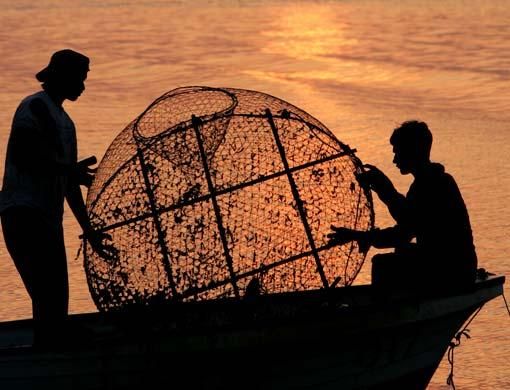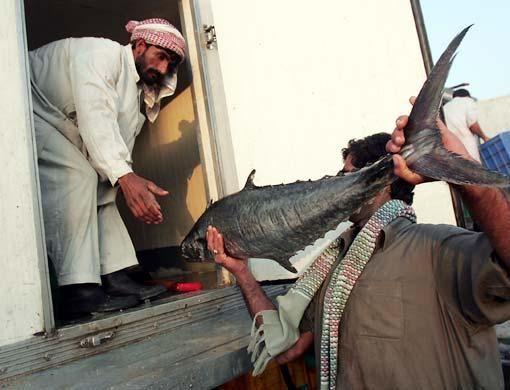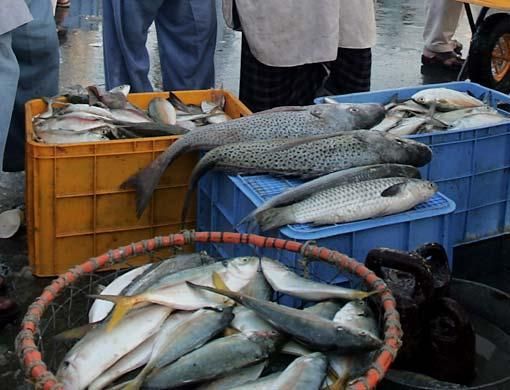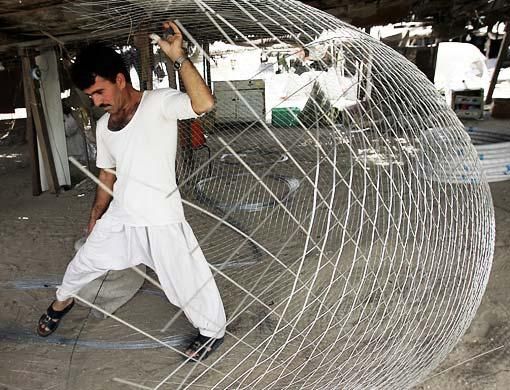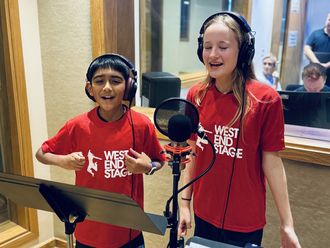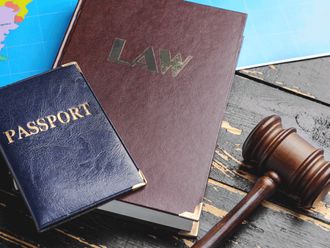5am: Wake up, dress, breakfast and prayers.
6am: Leave port with crew, usually around 8 people.
8am: Arrive at location. The law states fishing must take place a minimum of two nautical miles from shore. Location depends on currents and weather. Some fishermen go further than others.
10am: Find cages with GPS coordinates and check them, collect fish and pack in ice, clean cages and replace with fresh food, throw back into sea.
12pm: Short lunch break. Fishing is a game of organisational skills. Locations need to be noted along with which cage is where and which fish it has been set up to catch. Different fish food is used to attract different species.
1pm: Check cages throughout the day. Each location can have up to 10 cages. Altogether a fisherman can have up to 300 cages. Depending on what you want to catch, cages have to be left for various periods of time. For instance to catch hammour, the cage should only be lifted after at least two days. Hammour take a while to make up their minds whether to enter a cage or not.
9-10pm: Return to harbour. Transport fish to market in packed ice. Organise and set up fish on stall with ice, clean equipment and boat.
1am: Go home, sleep.
6am: Return to fish market for business or fishing.
Souq: Ocean's bounty
Open every day from about 3am to receive the first loads of fresh fish, Dubai's fish souq is a hive of activity. Colourful and full of energy, it is a place where all walks of life come together to purchase the ocean's bounty.
According to fishmongers, most of the fish originates from Oman, Dubai and Sharjah, and is transported from the boats to the souq in refrigerated trucks.
Long rows of ice trays display a wide range of delicacies, from the ever-popular hammour and prawns to more prized commodities such as shark fins.
Each tray is manned by between four to six fishmongers, who say that Thursdays, Fridays and Saturdays see the highest numbers of customers flocking to the souq. The rest of the week is dominated by buyers from restaurants and supermarkets.
However, according to many of the men working in Dubai's souq, the appeal of the fish souq is dwindling as more customers opt to buy fish from supermarkets.
The fish souq, which is located near the Deira Corniche in the Shindagha area, is full of vibrant characters - from longtime fishmongers to loyal customers and bargain hunters.
Have your say
How do you compare fish prices here to other countries? Is fish at the souq cheaper than at the supermarkets? Tell us at letter2editor@gulfnews.com or fill in the form below to send your comments.
Your comments
One thing to note about fishing in the UAE is the number of undersized fish and particularly crabs that can be bought in the markets. Crabs are sometimes so small I wonder how they can be eaten at all. Certainly Kingfish (Spanish mackerel), for example, have to be of a decent size (75cm in other countries) but very small fish are found in UAE markets. Other types of fish sold in the UAE are also too small. One really has to wonder about the sustainability of the market when such indiscriminate fishing is carried out.
Peter
Abu Dhabi,UAE


